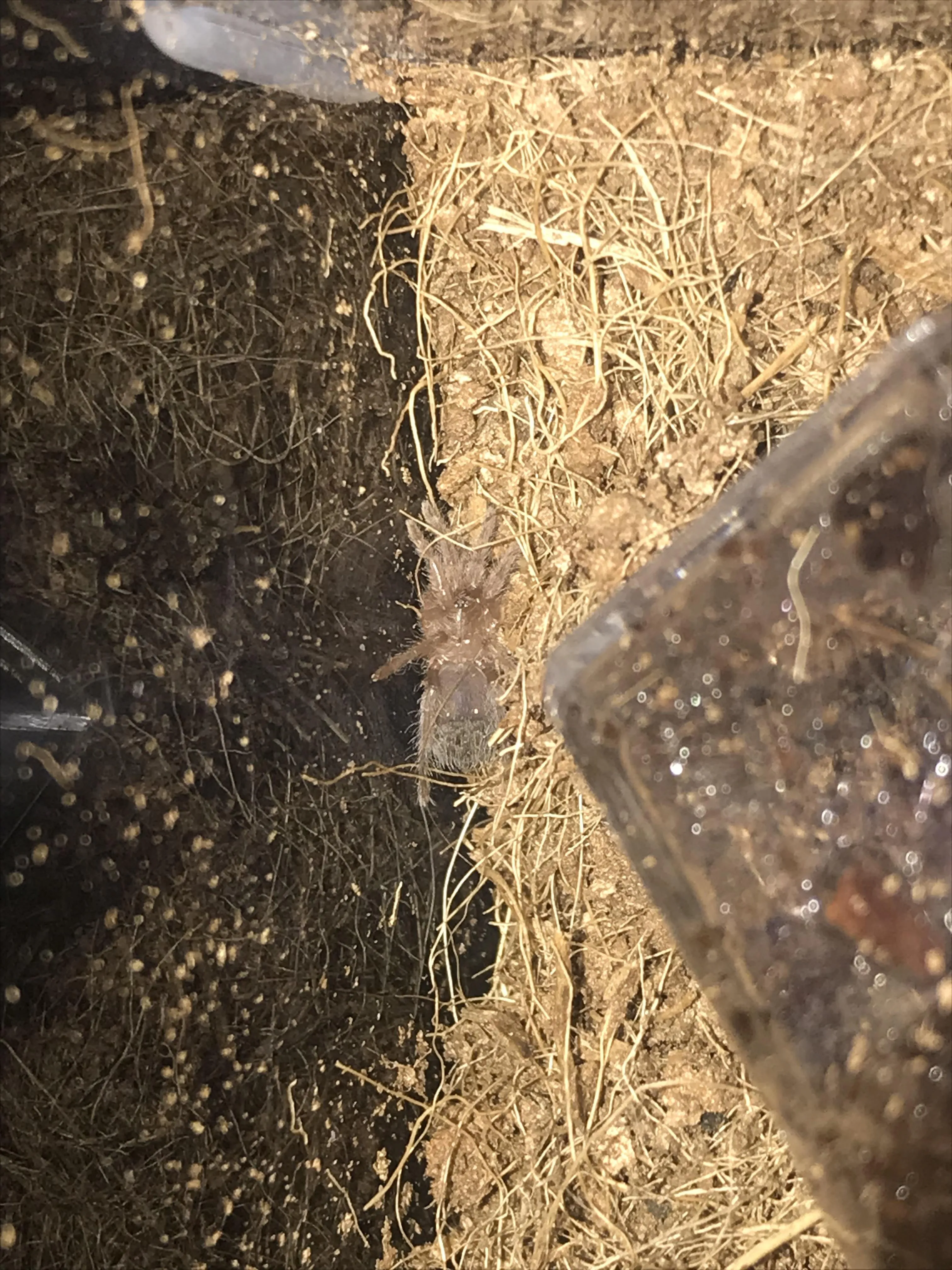What is Tarantula Post-Molt
The post-molt phase is a critical period in a tarantula’s life cycle, following the shedding of its exoskeleton, a process known as molting. During molting, the tarantula sheds its outer layer, revealing a new, larger exoskeleton beneath. The post-molt phase begins immediately after the tarantula has successfully shed its old skin and ends when the new exoskeleton has fully hardened. This is a vulnerable time for tarantulas, as their new exoskeletons are soft and their fangs have not yet fully hardened, making them susceptible to injury. Proper care during this phase is crucial to ensure the tarantula’s health and well-being, including appropriate feeding, handling, and environmental conditions. Understanding the biological processes and the specific needs during the post-molt phase is essential for all tarantula keepers.
Signs Your Tarantula Will Molt
Recognizing the signs that your tarantula is preparing to molt allows you to prepare the enclosure and adjust your care accordingly. One of the earliest signs is a change in the tarantula’s behavior, such as a decrease in appetite. The tarantula might become less active, spending more time hiding in its burrow or a secluded area of the enclosure. As the molt approaches, you may notice the abdomen darkening or becoming shiny, as the new exoskeleton forms beneath the old one. The tarantula’s abdomen might also appear swollen. Additionally, the tarantula may seal itself off in its burrow or web, refusing food altogether. Keep a close eye on your tarantula’s activity and appearance to anticipate the upcoming molt and to ensure that its needs are met during this sensitive period. These behavioral and physical changes indicate that the molting process is imminent.
Preparing for the Molting Process
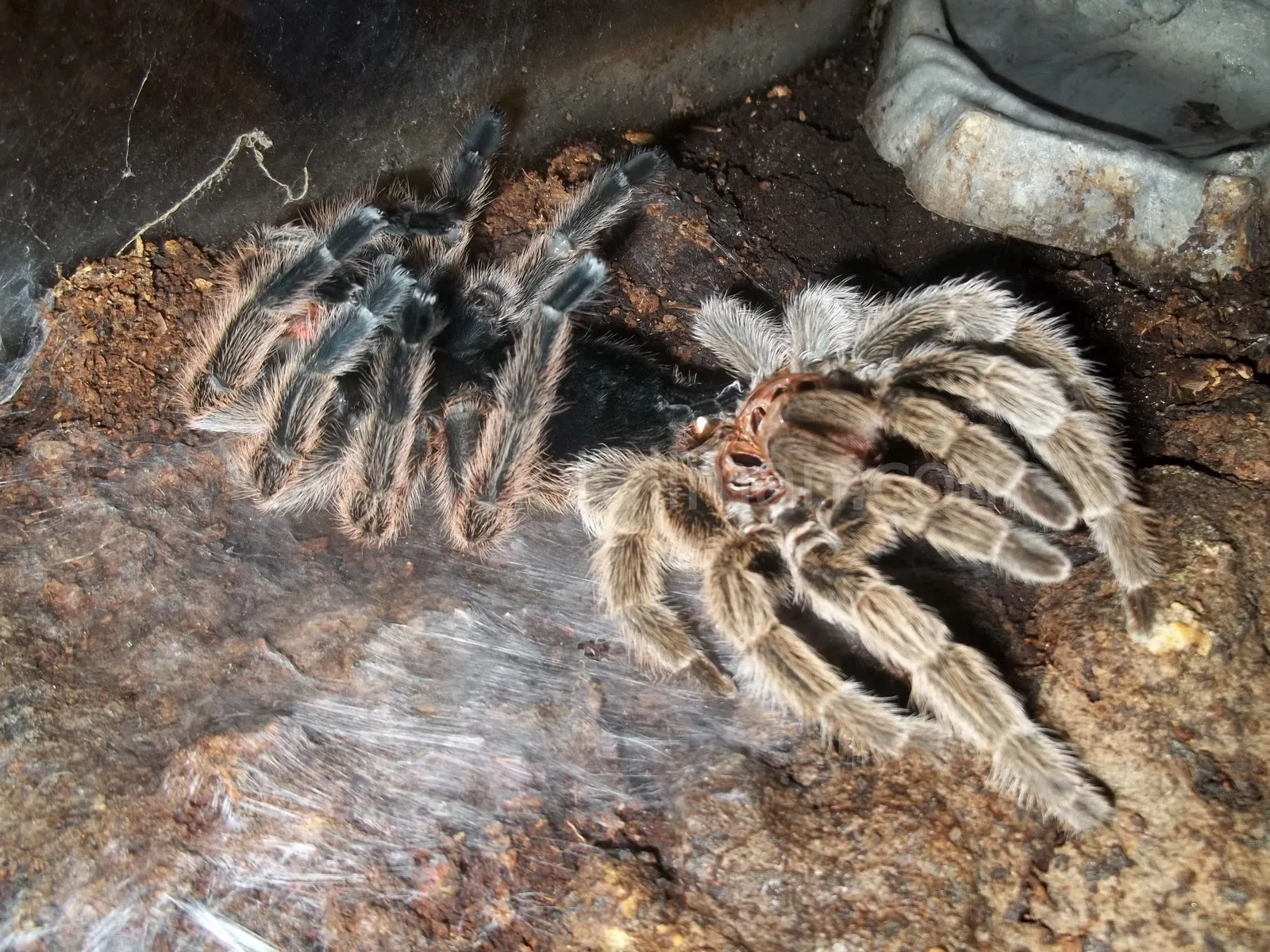
Proper preparation is crucial for ensuring a successful molt for your tarantula. Start by removing any uneaten food, water dishes, or other objects that could potentially harm the tarantula during the molting process. Ensure the enclosure has adequate substrate, which is the material used to line the bottom of the habitat, for the tarantula to burrow and position itself comfortably. Maintain optimal humidity and temperature levels within the enclosure to support the molting process. Provide a calm and undisturbed environment, as stress can negatively affect the tarantula during this vulnerable time. Careful preparation reduces the risk of complications and supports the tarantula’s ability to shed its exoskeleton safely and successfully. The goal is to create a stress-free and secure environment.
Creating the Ideal Molting Environment
Creating the ideal molting environment involves several key factors to support your tarantula’s molting process. Provide a spacious enclosure with enough room for the tarantula to maneuver and position itself comfortably. Ensure the substrate is deep enough to allow the tarantula to burrow and create a suitable molting chamber. Maintain the correct temperature and humidity levels for the species of tarantula, using a thermometer and hygrometer to monitor these conditions regularly. Minimize disturbances by keeping the enclosure in a quiet area, away from excessive light or vibrations. Make sure the enclosure is well-ventilated to prevent mold or bacterial growth, but avoid drafts. Providing a safe, stable, and suitable environment will greatly increase the chances of a successful molt, ensuring the well-being of your tarantula.
Humidity and Temperature Control
Controlling humidity and temperature is essential for tarantula molting. Most tarantulas thrive in a humid environment, which helps to soften the old exoskeleton, making it easier to shed. Use a hygrometer to monitor humidity levels, adjusting as needed based on the tarantula species’ requirements. Common methods to increase humidity include misting the enclosure with water, providing a water dish, and using moisture-retaining substrates. Temperature also plays a role in molting, with warmer temperatures generally accelerating the process. Maintain the correct temperature range for the tarantula species, using a thermometer to monitor the temperature. A suitable temperature and humidity ensure the tarantula can shed its old skin with ease. These environmental controls support the molting process and help to prevent problems.
Substrate and Enclosure Setup
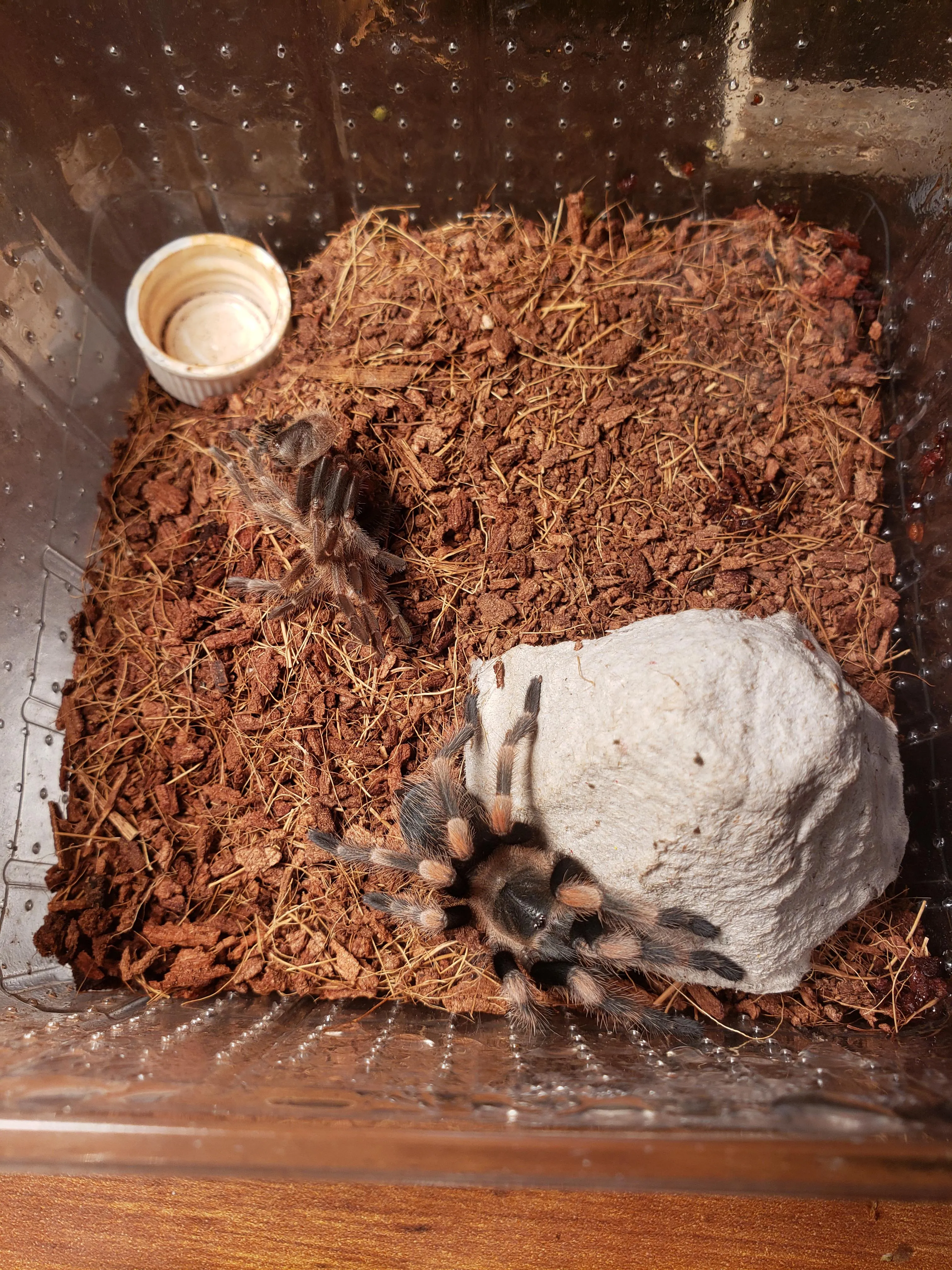
The right substrate and enclosure setup is critical for successful molting. Choose a substrate that suits your tarantula species’ needs, such as a mix of peat moss, vermiculite, and coconut fiber. Ensure the substrate is deep enough for the tarantula to burrow, which provides security and a suitable environment for molting. Avoid sharp objects or rough materials that could potentially harm the tarantula during the molt. Arrange the enclosure to provide hiding places, such as cork bark or artificial plants, which can help the tarantula feel secure. Proper enclosure setup, including appropriate substrate depth, adequate ventilation, and provision of hiding places, provides the tarantula with a safe and comfortable environment during the molting process, thereby supporting its well-being. A well-prepared enclosure helps reduce stress.
What to Do During the Molt
During the molting process, it’s crucial to provide a calm and undisturbed environment for your tarantula. The tarantula may flip onto its back to shed its old exoskeleton, a position that can be alarming if you’re not expecting it. Avoid any disturbances during this critical time, as even minor disruptions can potentially interfere with the process and cause injury. Refrain from handling the tarantula or trying to assist it in any way. Ensure the temperature and humidity in the enclosure remain stable and at the correct levels. Allow the tarantula to complete the molting process without interference. Patience and observation are key during the molt. It is essential to keep a safe distance and let the tarantula work through the molt.
Avoid Disturbing Your Tarantula
Avoiding disturbance during the molt is one of the most important things you can do to support your tarantula. Refrain from opening the enclosure unnecessarily or making loud noises near the habitat. Do not attempt to move or handle the tarantula while it’s molting, as this could lead to serious injury. Keep the enclosure in a quiet, low-traffic area of your home to minimize stress. If you need to observe the tarantula, do so from a distance, without directly approaching the enclosure. Minimizing disturbances ensures the tarantula can focus on the molting process without interruptions. A calm and secure environment is the most important thing.
Monitor the Molting Process
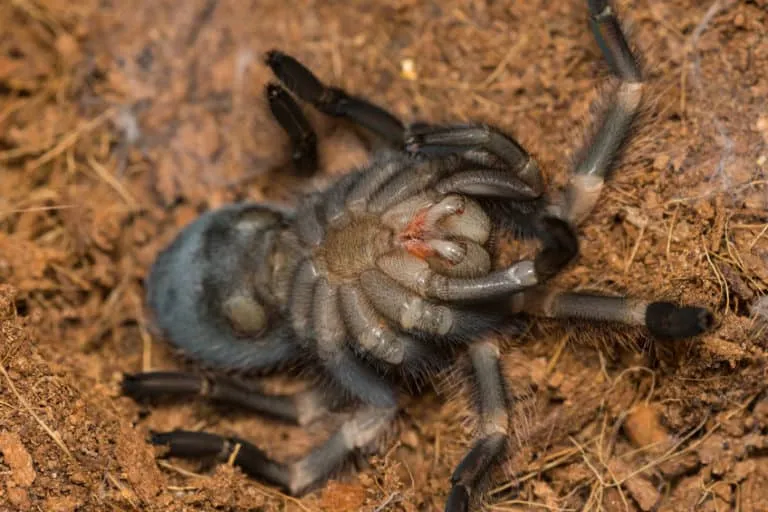
While it’s important to avoid disturbing the tarantula, it’s also essential to monitor the molting process from a distance. Observe the tarantula’s behavior and positioning without interfering. The molting process can take several hours or even days, depending on the tarantula species and environmental conditions. Note the time the molt begins and ends, which will help you assess the tarantula’s overall health and molting success. If you notice any signs of distress or difficulty, such as prolonged molting or inability to shed the old exoskeleton, consult with an experienced tarantula keeper or a veterinarian familiar with arachnids. Regular but non-intrusive observation provides valuable insights. Monitoring helps identify potential issues early on.
Post-Molt Care for Your Tarantula
Post-molt care is essential for supporting your tarantula during its recovery. The tarantula’s new exoskeleton will be soft and vulnerable immediately after molting. Handle your tarantula with extreme care, if at all, during this phase, as they are easily injured. Avoid offering food for a few days, until the fangs have hardened and the exoskeleton has fully strengthened. Offer a small amount of food initially, and gradually increase the portion size as the tarantula’s appetite returns. Ensure the enclosure conditions, including temperature and humidity, are maintained at optimal levels to promote healing and recovery. The tarantula will need a few days, sometimes a few weeks, to adjust to the new exoskeleton. Careful post-molt care will lead to a healthier, happier spider.
Feeding Your Tarantula
Feeding your tarantula after molting requires careful consideration. Wait several days after the molt to allow the fangs and exoskeleton to harden completely. Start by offering a small, appropriately sized prey item, such as a small cricket or a mealworm. Monitor your tarantula’s feeding behavior and increase the food quantity gradually as it regains its appetite. Avoid overfeeding, as this can put unnecessary stress on the tarantula. Ensure that the prey items are fresh and properly sized, to facilitate easy handling. Observe your tarantula closely for any signs of difficulty eating. Proper feeding is crucial for restoring energy and nutrients after the molting process, supporting overall health.
Water and Hydration
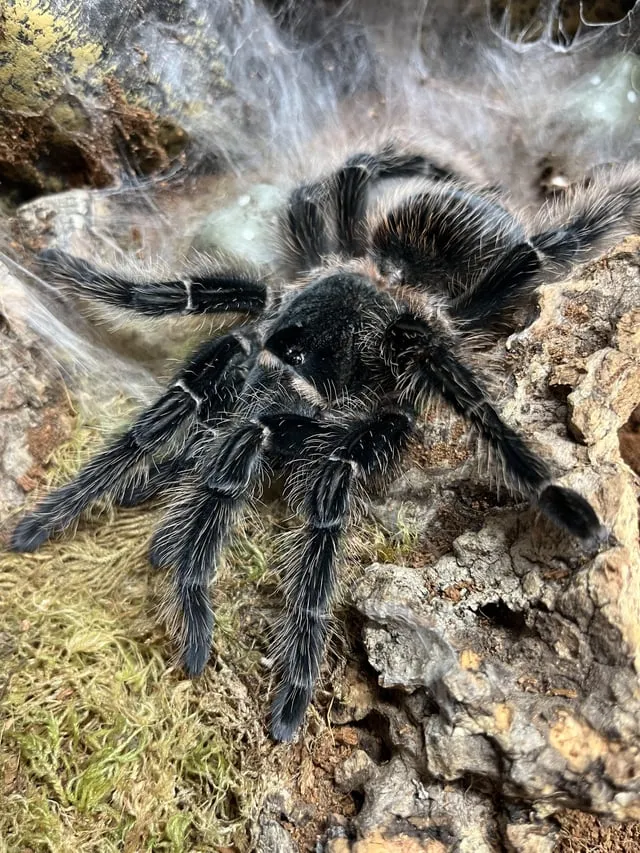
Maintaining adequate hydration is extremely important for tarantulas, especially after molting. Make sure fresh water is always available. Use a shallow water dish that is easy for the tarantula to access, and change the water regularly to prevent the buildup of bacteria. For arboreal species, mist the enclosure with water to allow the tarantula to drink from the droplets. Observe the tarantula to make sure it is drinking, especially if it seems dehydrated. Proper hydration helps the tarantula recover from the molting process and supports overall health. Regular misting helps to keep your tarantula hydrated.
Handling and Interaction
Handling and interaction should be minimized after the molt. The new exoskeleton is soft and the fangs have not yet hardened, making the tarantula vulnerable to injury. If you must handle the tarantula, do so with extreme care and support its body gently. Avoid dropping or squeezing the tarantula, as this could cause serious damage. It is generally best to avoid handling tarantulas after molting until the exoskeleton has fully hardened, typically a week or two. By minimizing handling during this vulnerable phase, you can ensure your tarantula’s safety and promote a healthy recovery.
Potential Post-Molt Issues and Solutions
Even with proper care, tarantulas can sometimes experience issues after molting. Recognizing and addressing these problems promptly can help to prevent further complications. Some common issues include failure to molt, limb loss, or injury. Understanding these issues and the steps to resolve them is important for any tarantula keeper. This includes how to prevent problems and what to do if something goes wrong. In general, you want to observe your spider and know what to expect.
Failure to Molt
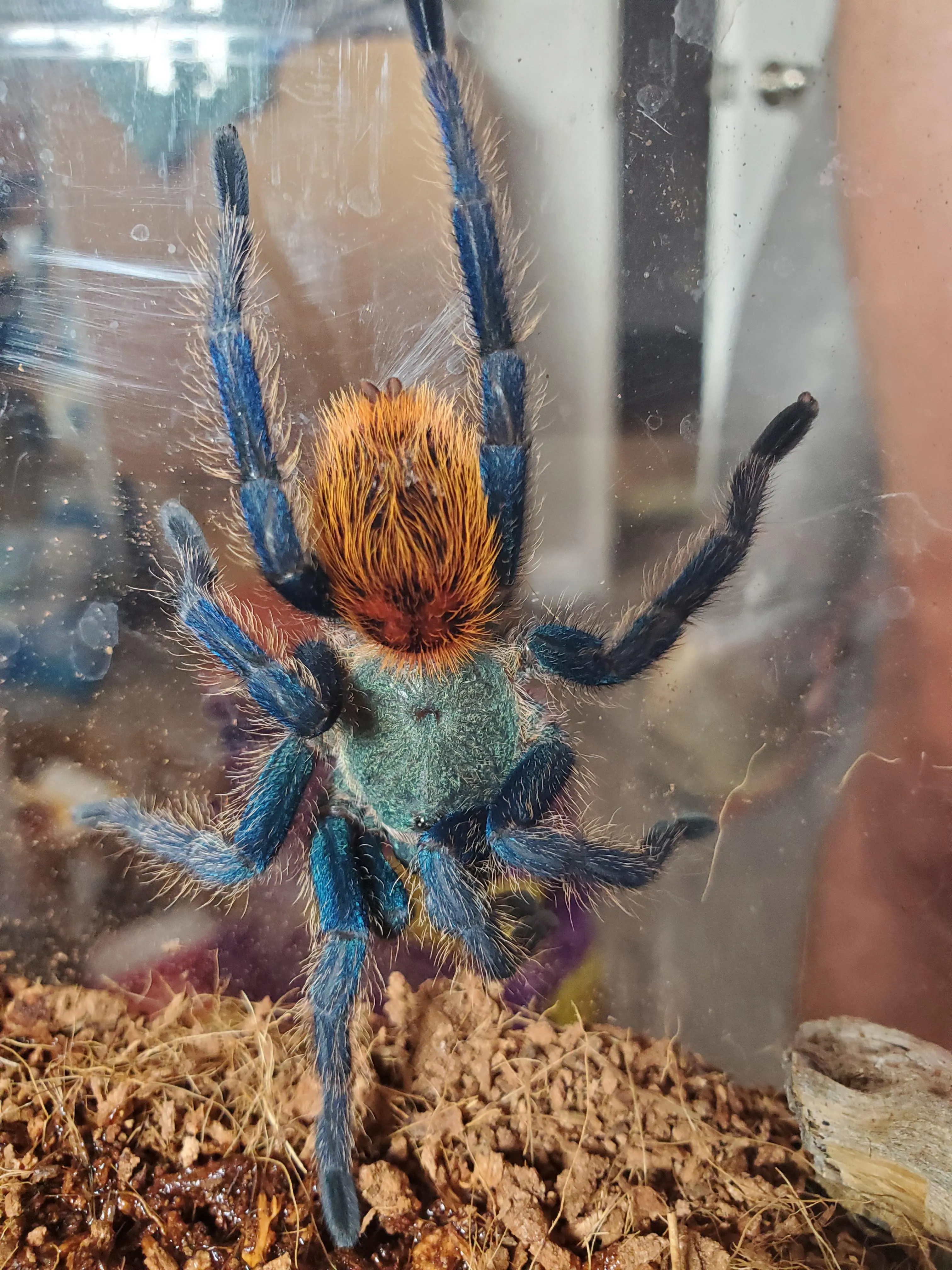
Failure to molt can occur for various reasons, including low humidity, poor nutrition, or underlying health problems. If your tarantula is struggling to shed its old exoskeleton, carefully assess the enclosure’s environmental conditions. Increase humidity if necessary. Ensure the tarantula is well-nourished. If the tarantula seems unable to complete the molt, seek advice from an experienced keeper or a veterinarian with experience in arachnids. Never attempt to pull the old exoskeleton off the tarantula, as this can cause serious injury. Prompt intervention can often resolve the issue.
Limb Loss and Injury
Limb loss or injury is a potential complication during or after molting. This can occur if the tarantula gets stuck during the molting process or is handled roughly. If your tarantula loses a limb, carefully assess the situation and provide appropriate care. Keep the enclosure clean and provide plenty of food and water. The limb may regenerate over time with subsequent molts. If the injury is severe, or if you observe signs of infection, seek veterinary assistance. Preventing injuries during and after molting is vital for the tarantula’s well-being. Providing a safe environment and minimizing disturbances are the best ways to prevent issues.
Preventing Problems
Preventing problems during the post-molt phase is crucial to maintaining a healthy tarantula. Provide a suitable environment with appropriate temperature, humidity, and substrate. Ensure that the enclosure is free of sharp objects or anything that could harm the tarantula. Avoid handling the tarantula for a few weeks after molting. Maintain a consistent and appropriate feeding schedule, providing fresh food and water. Regular monitoring allows for early detection of potential problems. This will include assessing the tarantula’s overall health. Prevention through proactive care and a safe environment can greatly increase the chances of a successful recovery after molting.
Long-Term Post-Molt Care and Observation
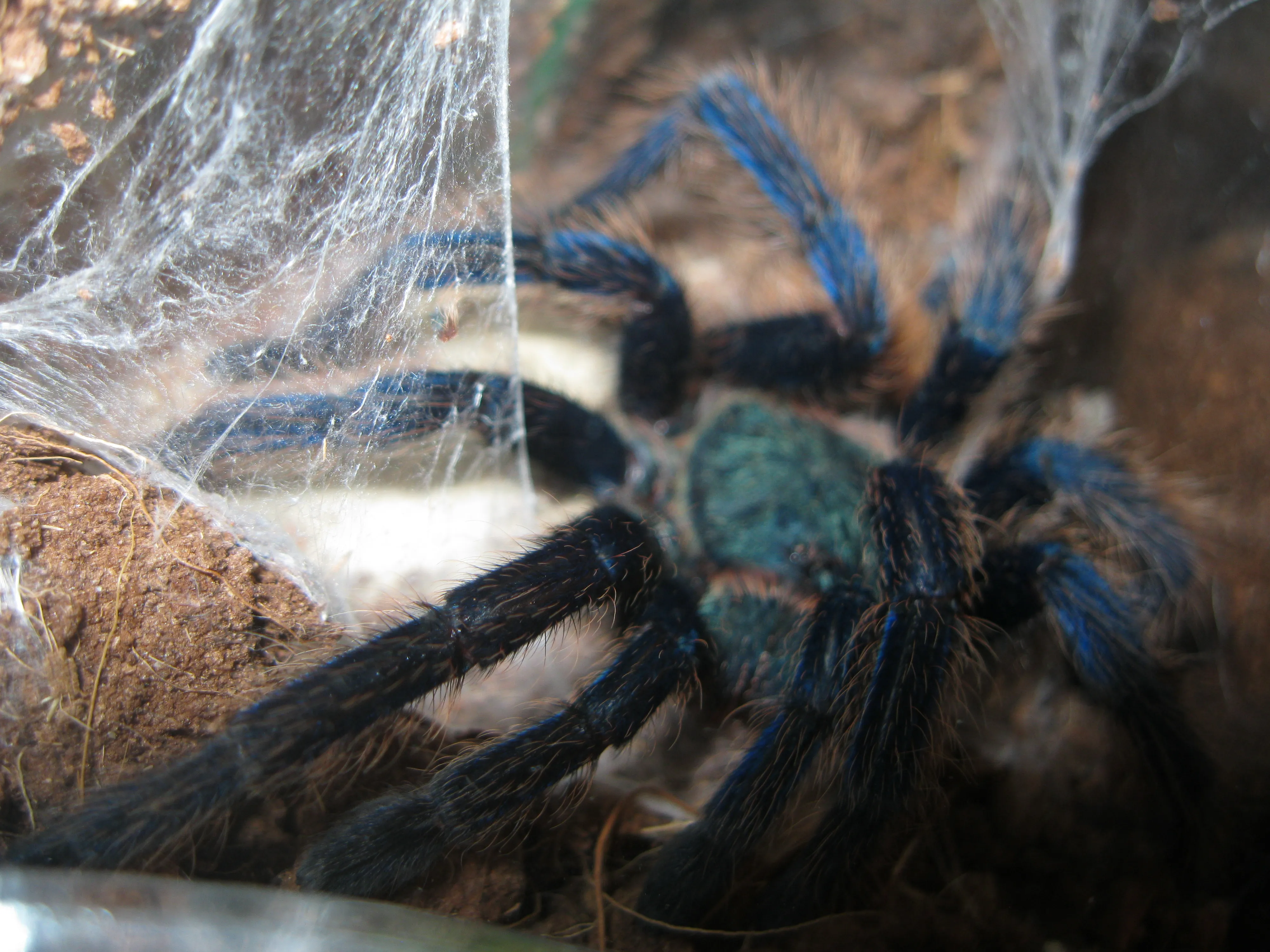
Long-term post-molt care involves continued observation and adjustments to ensure the tarantula’s long-term health. Monitor the tarantula’s feeding habits, activity levels, and overall appearance. Adjust the diet and feeding schedule as needed to maintain a healthy weight. Regularly clean the enclosure, replacing the substrate and removing any waste to prevent the buildup of harmful bacteria or mold. Continue to maintain optimal environmental conditions, as these factors will support the tarantula’s health throughout its life. Long-term observation will help to identify any potential health issues early on, allowing for prompt intervention.
In conclusion, understanding and providing appropriate care during the post-molt phase is critical for your tarantula’s health and well-being. By creating the ideal environment, avoiding disturbances, and providing proper care, you can significantly increase the chances of a successful recovery and support the long-term health of your tarantula. With careful observation and dedicated care, you can enjoy the fascinating lifecycle of these amazing creatures.
